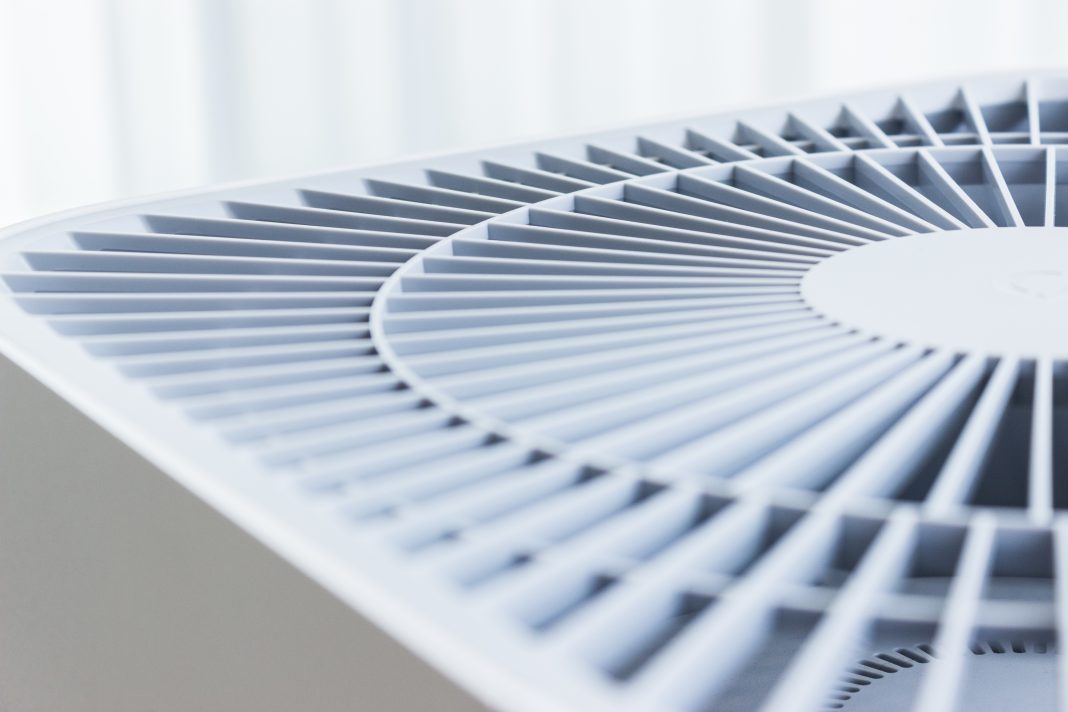BSRIA launches air quality initiative to raise awareness of contaminants in homes, schools and workplaces, and showcase why indoor air quality in buildings is important
The initiative, which sees BSRIA installing indoor air quality sensors throughout its UK premises and making the data publicly visible on its website, aims to help people understand what air quality is, why it is so important to manage and what can be done to reduce the harmful impact of pollutants.
Why is air quality so important?
With the world recovering from a global Covid-19 pandemic, air quality is understandably high on the agenda. In buildings there is a broad range of contaminants to be aware of, each with their own insidious impact on the wellbeing of building occupants – including homeowners, students, and employees.
The World Health Organisation (WHO) reports that almost 99% of the global population breathes air that exceeds WHO guideline limits and contains high levels of pollutants. WHO data shows that around 3.8m people die each year because of household exposure to contaminants from cookstoves and fuels.
Air pollution can have a negative impact on our health, from short-term effects such as eye irritation and coughs to long-term effects such as respiratory infections and cancer.
A wealth of studies from institutions such as Harvard TH Chan School of Public Health suggest that exposure to fine particulate matter (PM2.5) has a negative impact on cognitive functioning, potentially reducing academic performance in schools and productivity in workplaces.
In the UK, on average people spend more than 90% of their time indoors. The quality of indoor air is affected by outdoor pollution but also by indoor sources and inadequate ventilation. Particulate matter, mould and chemicals released from synthetic fabrics, paints, furnishings and household products are some of the sources of contaminants that can make indoor air significantly worse than outdoor air at times.
Indoor air pollutants may be biological, such as dust mite faeces, mould spores, viruses and pollen or chemical, such as carbon monoxide, ozone and volatile organic compounds.
How to improve indoor air quality
BSRIA’s air quality initiative provides an example of how to measure and improve air quality in buildings. Prior to installing the sensors, BSRIA indoor air quality specialists carried out an extensive investigation of its premises.
This included measuring ventilation system volume airflow rates, verifying the air distribution within the building and quantifying air changes per hour using carbon dioxide tracer gas tests.
This exercise provided an actual baseline dataset to establish if CO₂ concentrations below 800ppm in line with the REHVA guidance on reliable indoor air quality could be maintained across the premises and in meeting rooms. The outcome of the measurements prompted the installation of additional local extraction rooms to ensure safe and comfortable occupancy.
Speaking about BSRIA’s air quality initiative, BSRIA technical director Tom Garrigan said: “BSRIA passionately believes in promoting the wellbeing of staff, visitors and training delegates. We strive to create an environment in which colleagues can realise their full potential.
“Our AQ initiative demonstrates that, with the right technology and the right knowledge, air quality can be managed, the long-term harmful effect of pollutants can be mitigated and the benefits of good health and productivity can be realised in homes, schools and businesses.”
*Please note: This is a commercial profile.
Nathan Reece
Marketing Officer
BSRIA Sales and Marketing
Tel: +44 (0) 1344 465602














